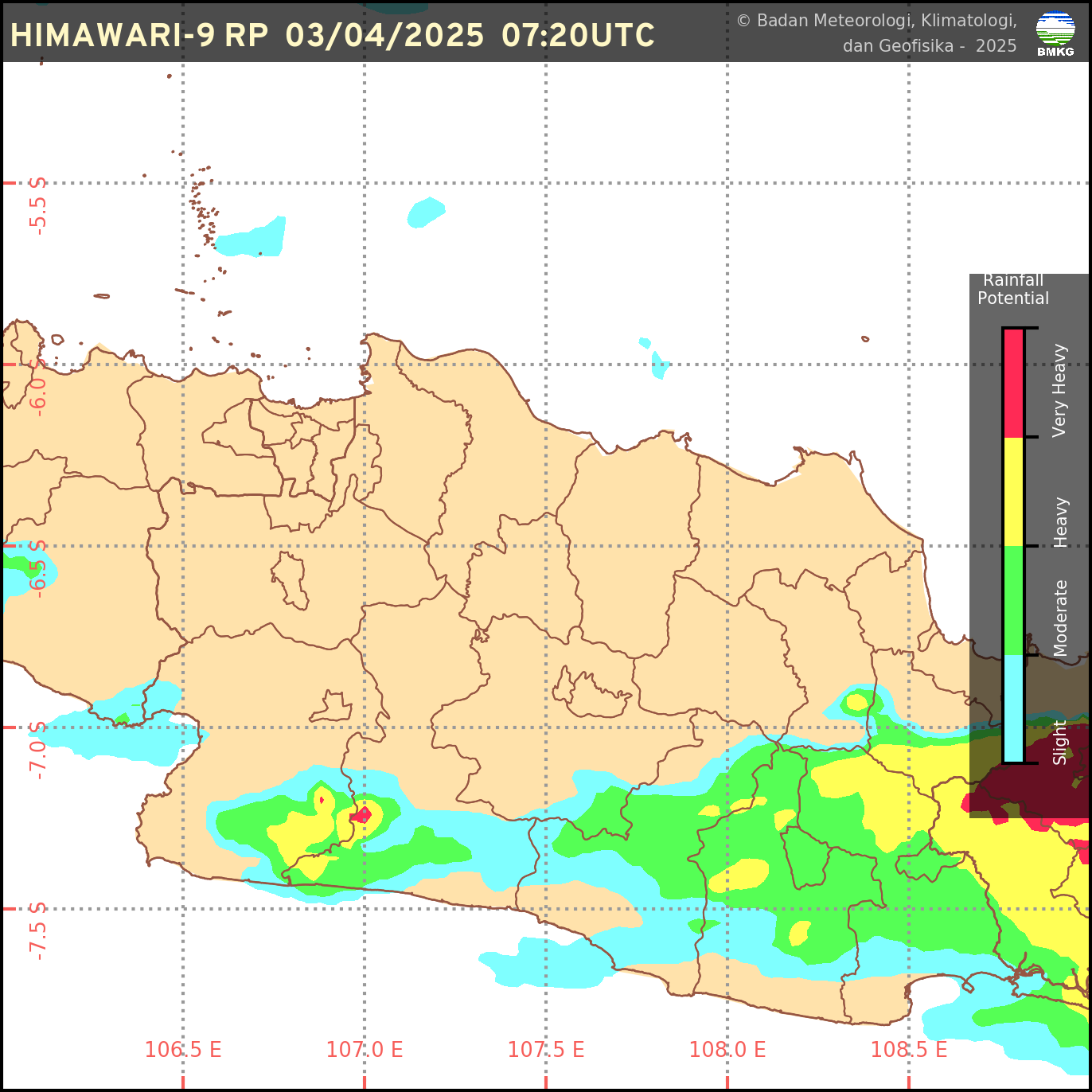Authors: MK Najib, S Nurdiati, A Sopaheluwakan.
Abstract: Borneo island is prone to fire due to its large peat soil area. Fire activity in Borneo is associated with regional climate conditions, such as total precipitation, precipitation anomaly, and dry spells. Thus, knowing the relationship between drought indicators can provide preliminary knowledge in developing a fire risk model. Therefore, this study aims to quantify the copula-based joint distribution and to analyze the coincidence probability between drought indicators in Borneo fire-prone areas. From dependence analysis, we found that the average of 2 months of total precipitation (TP), monthly precipitation anomalies (PA), and the total of 3 months of dry spells (DS) provides a moderate correlation to hotspots in Borneo. The results show the probability of the dry-dry period is 26.63, 17.66, and 18.54 % for TP-DS, PA-DS, and TP-PA, respectively. All of these are higher than the probability of the wet-wet period, which is 25.01, 16.12, and 17.98 % for TP-DS, PA-DS, and TP-PA, respectively. Through the probability, the return period of TP-DS in the dry-dry situation 3.2 months/year, meaning the dry situation in total precipitation and dry spells that occur simultaneously could appear about 3 months in a year on average. Furthermore, the return period of PA-DS and TP-PA in the dry-dry situation is 2.12 and 2.22 months/year, respectively. Moreover, the probability of dry spells in dry conditions when given total precipitation in dry conditions is higher than given precipitation anomalies in dry conditions.
Keywords: Coincidence Probability, Copula, Drought, Dry Spells, Precipitation.
Link: https://doi.org/10.1088/1755-1315/880/1/012002
Dipublikasikan pada "4th International Conference on Science and Technology Applications in Climate Change" dan diterbitkan pada IOP Conference Series: Earth and Environmental Science, Volume 880.




 Sumber: BMKG
Sumber: BMKG
0 Komentar